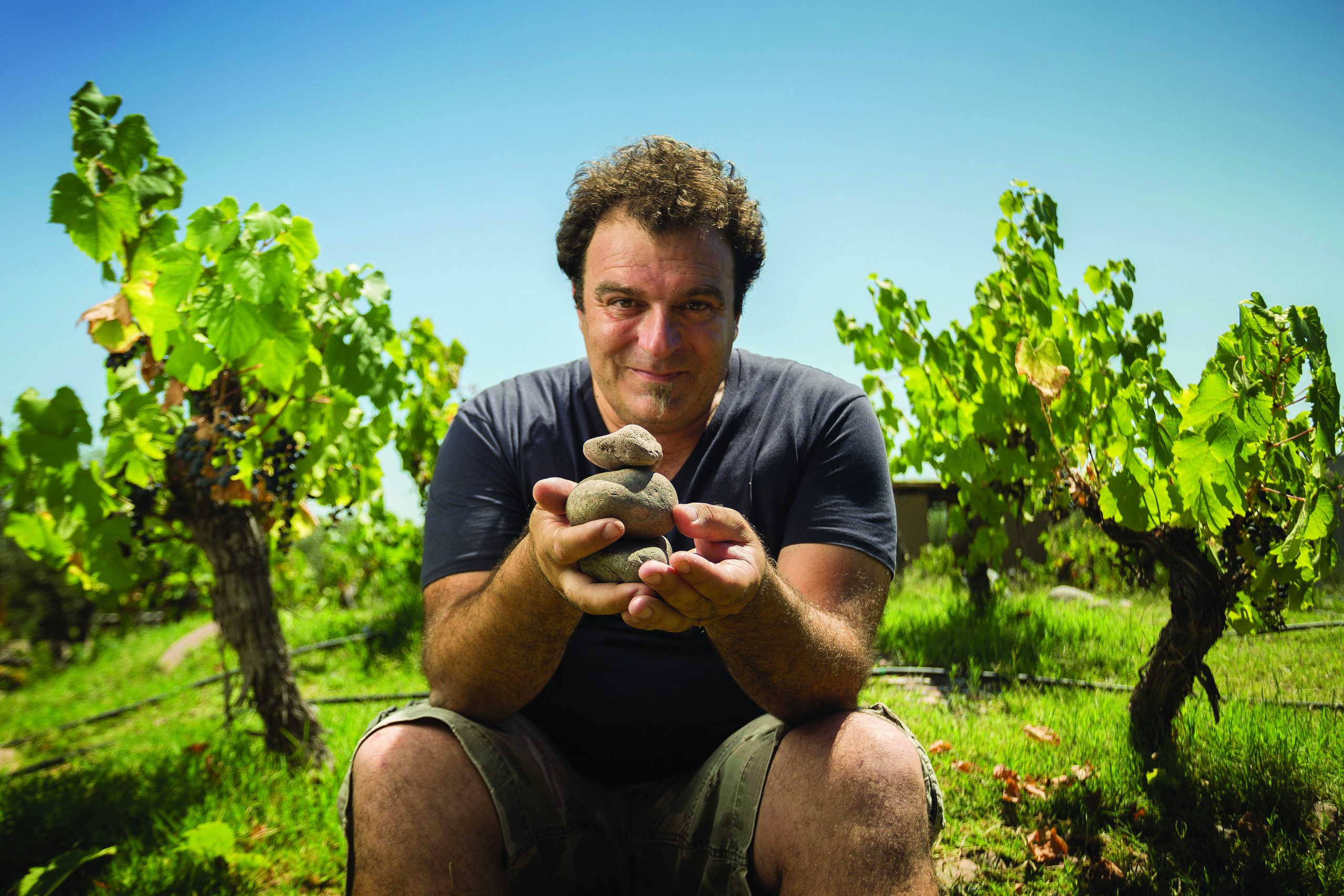Boycott the balloon: Frapin calls for an end to snifters
By Lucy ShawHigh-end Cognac producer Frapin would like to see brandy balloons “disappear” from restaurants, bars and dining rooms as the giant glass does nothing for the spirit.
Smash the snifter – a brandy balloon backlash has begun
Speaking to db during a recent visit to Frapin’s headquarters, Château Fontpinot in Charante, export director Bertrand Verduzier said:
“I’d like the brandy balloon to disappear. Tulip glasses are the best way to experience a Cognac as you get more aromas coming through and with balloons you just get alcohol.
“We always encourage consumers to enjoy their Cognac in tulip glasses as they are the best size and shape for the spirit.”
Tulip glasses are the best vessel for Cognac
The self-styled ‘Crazy Cognac Lady’, British born Michelle Brachet, a Cognac expert and educator, would also like to see brandy balloons ditched.
“The balloon is a bane! Smaller, tulip-shaped glasses release aromas in a more controlled manner. In fact, I’d like to declare a ‘smash the snifter’ campaign,” she recently told the Evening Standard.
The news comes after Krug’s mission to get Champagne lovers to boycott flutes was ramped up a gear when its CEO, Maggie Henriquez, described drinking Champagne in a flute as being like “going to a concert with ear plugs”.
“A good Champagne before anything is a good wine. Flutes are for bad Champagne, sorbet or gazpacho,” she said.
Frapin makes its high-end Cognacs from 240 hectares of Ugni Blanc vines in chalky soils in Grande Champagne; the grand cru of the Cognac world.
To add complexity to its Cognacs, Frapin distills on the lees; a practice that’s quite unusual in the region.
The company’s biggest markets are the US and China, with owner Jean-Pierre Cointreau admitting that there is “work to do” in the UK.
“This is a good moment for Cognac – the brown spirits category is growing and Cognac sales are on the rise. We’re really pushing Cognac cocktails and food pairing to reach a younger audience,” Cointreau told db.
Cellar master Patrice Piveteau admitted to db that he wasn’t keen on his Cognacs being mixed in cocktails at first, but has come round to the idea.
“We’re working a lot with bartenders now who are incredibly serious about the quality of their cocktails and in order to make a good cocktail you need a good base spirit,” he said.
Partner Content
Frapin specialises in vintage Cognacs
For Verduzier, the secret to Cognac’s success going forward is education. “Education is key for the Cognac category moving forward – we need to reach out to influential bartenders and educate them about the spirit.
“And to move sales on from VS in America, we need to educate consumers about the higher quality categories,” he said.
Next year a law will come into play in the region that means to qualify for an XO, a Cognac needs to be aged for a decade rather than six years – a move Frapin welcomes as it will help Cognac better compete with the whisky category.
Frapin is holding back and ageing more stock each year in order to be able to release older vintages onto the market when they’re ready.
“Vintage Cognac is an extremely small category. It’s even small for us but it’s the essence of what we do as we want to create something unique each year.
“Our vintage Cognacs are a point of difference that shows what we’re all about. We’re a wine to start with from a specific, prestigious terroir – it’s all about when a moment meets a place,” Piveteau said.
“In some ways we have more in common with the Burgundians than Cognac houses that don’t produce vintage expressions. Our vintage Cognacs are very alive and different to one another – they all have their unique character.
“After all the processes and the distillation, the year still speaks in the glass. The terroir of Grande Champagne is expressed in the liquid,” he added.
Frapin produces around 500,000 bottles of Cognac a year. It started producing vintage Cognac in 1979.
Named after the French region in the Charente where it is produced, in order for a brandy to qualify as a Cognac, the grapes that go into it must be double distilled and then aged for at least two years in French oak
A VS (very special) Cognac means the youngest eau-de-vie in the blend is at least two years old, while a VSOP (very superior old pale) is four years old, and an XO (extra old) six.
The revival of classic cocktails is seeing a renewed interest in the Sidecar; a blend of Cognac, Cointreau and lemon juice. The origins of the cocktail are disputed, though The Ritz in Paris claims to have invented it shortly after the end of the First World War.





I completely disagree with the comment about flutes being ill suited to Champagne. They are an excellent shape especially for younger Champagnes. A larger bowl may well suit an aged Champagne better, but to condemn the flute as ‘going to a concert with ear plugs’ is nonsense. If that were the case the leading Champagne houses would have abandoned it years ago.